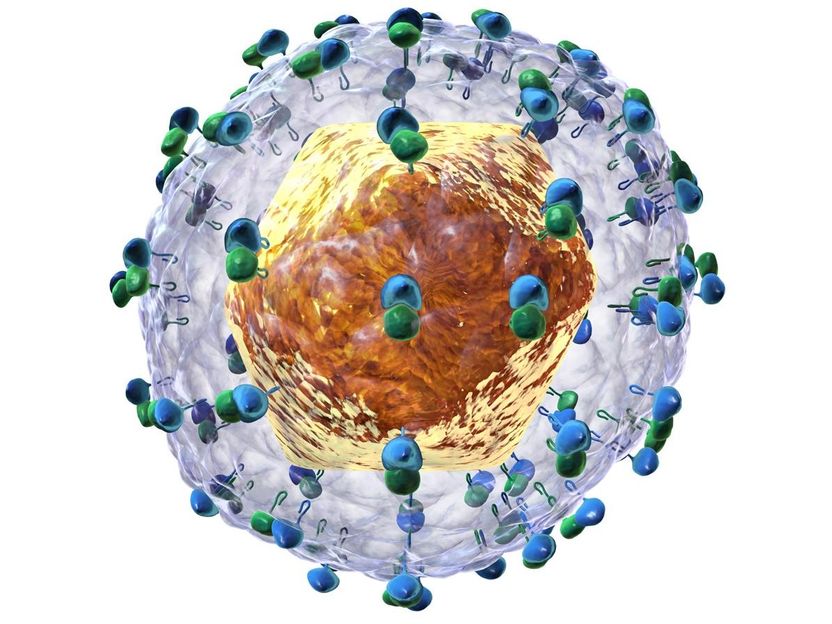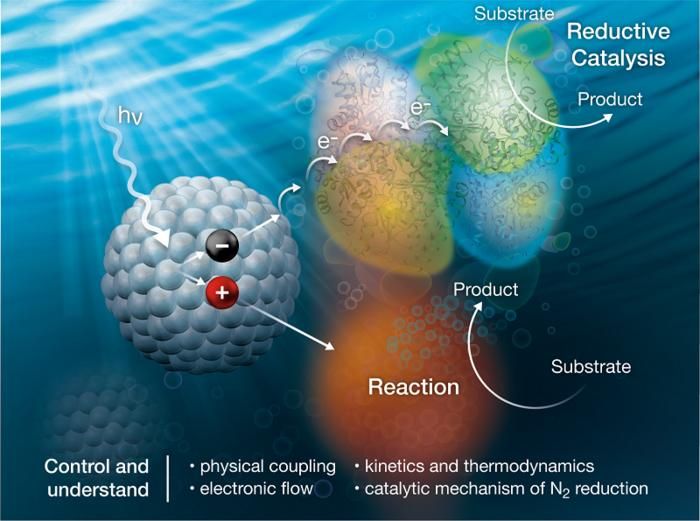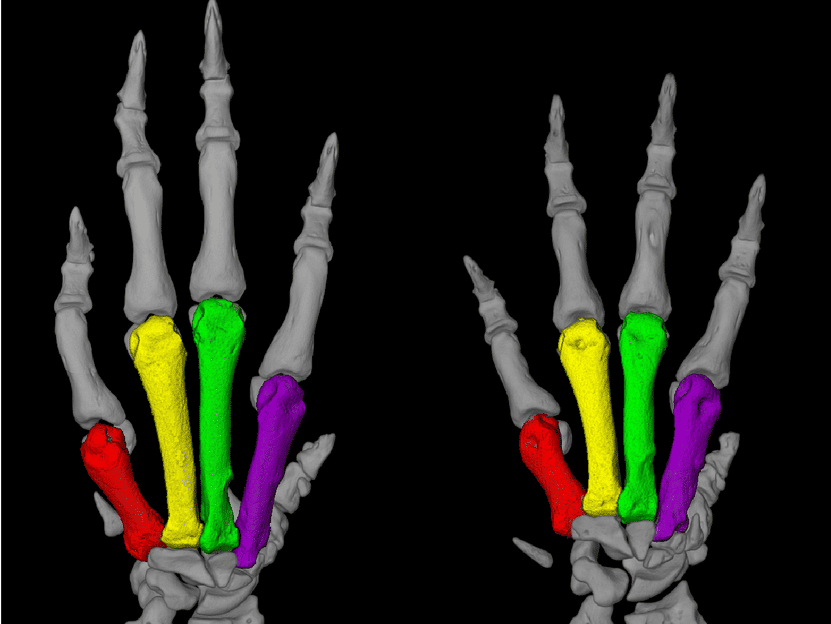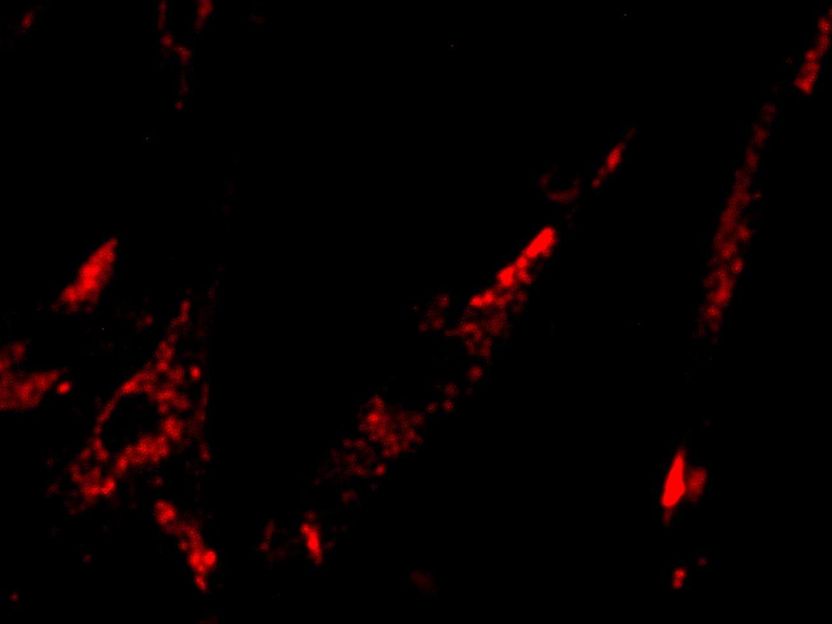Between low and high - what is the hazard potential of individual pyrrolizidine alkaloids?
Research project investigating the toxic potency of individual food-relevant pyrrolizidine alkaloids
pyrrolizidine alkaloids (PAs) are secondary plant constituents found in certain flowering plants such as the Asteraceae or Boraginaceae family. Wild plants form several hundred different PAs. Some of them probably pose a serious health hazard, while others have weaker effects. This is why knowledge of the toxic potential of the individual PAs is central to the risk assessment process. A joint research project of the Federal Institute for Risk Assessment (BfR) and the University of Kaiserslautern funded by the German Research Foundation (DFG) now intends to identify this hazard potential. To this end, in vitro trials will be carried out to analyse the metabolic pathway of individual PAs while at the same time determining the toxic effect of the various metabolized PAs. The aim is to derive a structure-effect relat ionship as a basis for predicting the harmfulness of the different PAs or PA groups. "Our research approach is designed to further improve the data situation for the health assessment of pyrrolizidine alkaloids in food", says BfR President Professor Dr. Dr. Andreas Hensel. In high concentrations, PAs damage the liver and are suspected of acting as genotoxic carcinogens. As a result, these substances are undesirable in both food and feed. They can, however, be present as contaminants in foods like honey, some tea varieties and herbal teas, or in feed like green fodder or hay.

fancycrave1, pixabay.com, CC0
The focus of the three-year DFG research project "Investigation of the hepatotoxic and genotoxic potency as well as the metabolism of food-relevant pyrrolizidine alkaloids" is the connection between the metabolism of individual PAs in the organism and their toxicological potency. The background to this is the general assumption that PAs as such are chemically inactive and that they only become toxic due to metabolic activation. The aim of the research project is to identify metabolites in order to understand why the metabolism of some PAs causes a more toxic effect than other PAs in the organism. For this purpose, the project will first collect data on the specific metabolism of the individual PAs. This will be achieved by simulating the conversion of the various PAs in a test tube (in vitro) in a solution of liver cells that contain the central enzyme for the process of metabolism (scientifically known as "S9 Mix"). The metabolites obtained in this way will analyzed via mass spectrometry and their structure-specific characteristics can be detected. Then, also in in vitro, the toxicity of the analysed PAs in cell systems will be investigated at different endpoints. The scientists intend to use the pooled data from both test series to derive a structure-effect relationship that permits conclusions regarding - or explains - the toxicity of the different PAs.
Research work conducted in-house at the BfR in recent years has laid the foundation for the research project. This work includes both basic analysis of the toxic mechanism of individual PAs on molecular level as well as the development of methods for the detection of PAs in different foods like honey, tea, herbal tea and flour. These methods have revealed unexpectedly high PA levels in tea and herbal tea, for example, and permitted an assessment of the PA levels that consumers take in via individual foods. It was only due to this work that the BfR was able to draw up its risk assessment for PAs.
Other news from the department science
Most read news
More news from our other portals
See the theme worlds for related content
Topic World Mass Spectrometry
Mass spectrometry enables us to detect and identify molecules and reveal their structure. Whether in chemistry, biochemistry or forensics - mass spectrometry opens up unexpected insights into the composition of our world. Immerse yourself in the fascinating world of mass spectrometry!

Topic World Mass Spectrometry
Mass spectrometry enables us to detect and identify molecules and reveal their structure. Whether in chemistry, biochemistry or forensics - mass spectrometry opens up unexpected insights into the composition of our world. Immerse yourself in the fascinating world of mass spectrometry!






























































